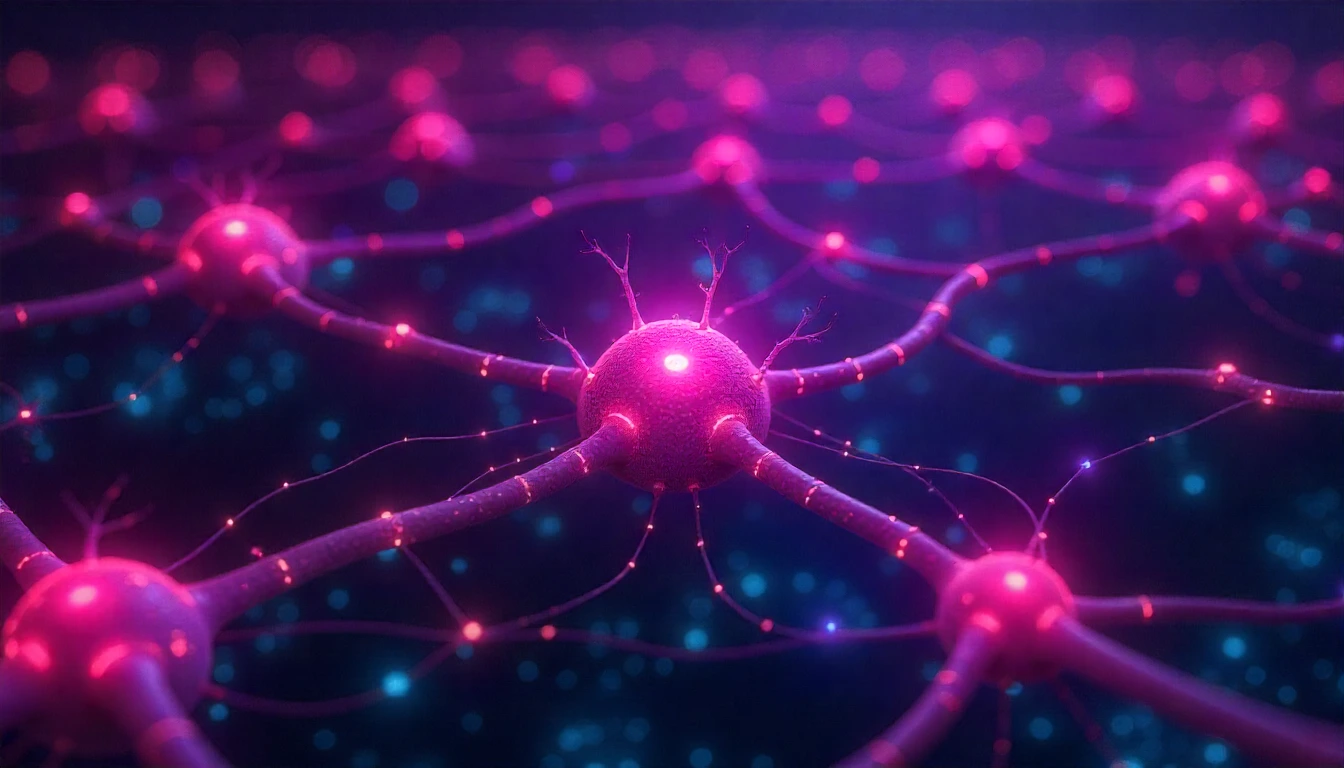Share
Table of contents:

Dropout is a regularization technique used in artificial neural networks to prevent overfitting during the training process. It was introduced by Geoffrey Hinton and his colleagues in 2012 and has since become a standard method in deep learning frameworks. The core idea behind dropout is to randomly deactivate a subset of neurons in a neural network during training, effectively creating a form of ensemble learning within the model.
Mechanism of Dropout
During each training iteration, dropout randomly selects a proportion of the neurons in the network to "drop out," or deactivate, meaning these neurons do not contribute to the forward pass or backpropagation for that particular training iteration. This deactivation is performed based on a specified probability p, known as the dropout rate. Common dropout rates are between 20% and 50%, depending on the complexity of the model and the dataset used.
The dropout operation can be mathematically expressed as follows:
- For a neuron j, let z_j represent its output before applying dropout. The output after applying dropout, denoted as z'_j, can be described as:
z'_j = z_j * d_j
where d_j is a binary mask that equals 1 with probability p (keeping the neuron active) and equals 0 with probability 1 - p (dropping the neuron).
- The expected output of the neuron is adjusted during training by scaling the active neurons. This ensures that the expected value of the output remains consistent during training and testing:
E[z'_j] = (1/p) * Σ z_j * d_j
By scaling the outputs of the neurons during inference (testing), the model can maintain its expected performance.
Purpose and Functionality
The primary purpose of dropout is to enhance the generalization capability of neural networks by mitigating overfitting. Overfitting occurs when a model learns the noise and details in the training data to the extent that it adversely affects its performance on new data. Dropout addresses this by introducing noise into the training process. By randomly dropping neurons, dropout ensures that the model cannot rely on any specific subset of neurons, promoting redundancy and robustness in the learned features.
Dropout effectively transforms the neural network into a more robust model by enabling multiple different architectures to be trained in parallel. Each training iteration generates a different neural network architecture due to the random selection of neurons, which can be interpreted as an ensemble of many models working together. At inference time, all neurons are used, and their outputs are averaged, leading to improved performance as it combines the learned features from various configurations.
Implementation in Neural Networks
Dropout can be implemented in various layers of a neural network, including fully connected layers and convolutional layers, though its application in convolutional layers is slightly modified. In convolutional networks, dropout is often applied to the outputs of feature maps rather than individual neurons to maintain spatial hierarchies.
- Fully Connected Layers: In traditional fully connected layers, dropout is straightforwardly applied by setting a fraction of the neurons to zero during training. For example, in a layer with n neurons, if the dropout rate is 0.5, then on average, half of the neurons are dropped in each iteration.
- Convolutional Layers: In convolutional layers, dropout is applied to the entire feature map output rather than individual neurons. This maintains the spatial structure of the data while still providing regularization. The dropout rate can still be specified, and it is generally lower than that used in fully connected layers (e.g., 0.2 to 0.3).
Variants and Extensions
Several extensions and variants of dropout have been proposed to improve its effectiveness or adapt it to specific contexts:
- Spatial Dropout: This variant is used in convolutional networks where entire feature maps are dropped, rather than individual neurons. This is particularly useful in preserving the spatial information of the features.
- Variational Dropout: This method treats dropout as a probabilistic process, allowing for a Bayesian interpretation. Variational dropout maintains a distribution over the dropout masks instead of using a fixed dropout rate.
- DropConnect: Instead of dropping neurons, DropConnect drops the connections between neurons. This method introduces additional randomness by deactivating weights rather than outputs, leading to a similar effect in terms of regularization.
While dropout is a powerful regularization technique, it is not universally applicable. The optimal dropout rate can vary depending on the model architecture, dataset size, and the specific problem being addressed. In practice, the effectiveness of dropout can be evaluated using validation datasets to fine-tune the dropout rate and assess its impact on model performance.
Additionally, dropout is typically not used during inference, as the objective at this stage is to leverage the full capacity of the trained model. Instead, the outputs of all neurons are combined to produce the final prediction, with appropriate scaling applied based on the dropout rate used during training.
In summary, dropout is a widely adopted technique in deep learning, enhancing the robustness and generalization of neural networks by preventing overfitting through random deactivation of neurons during training. Its implementation and effectiveness have made it a fundamental component in the design of contemporary neural network architectures.











